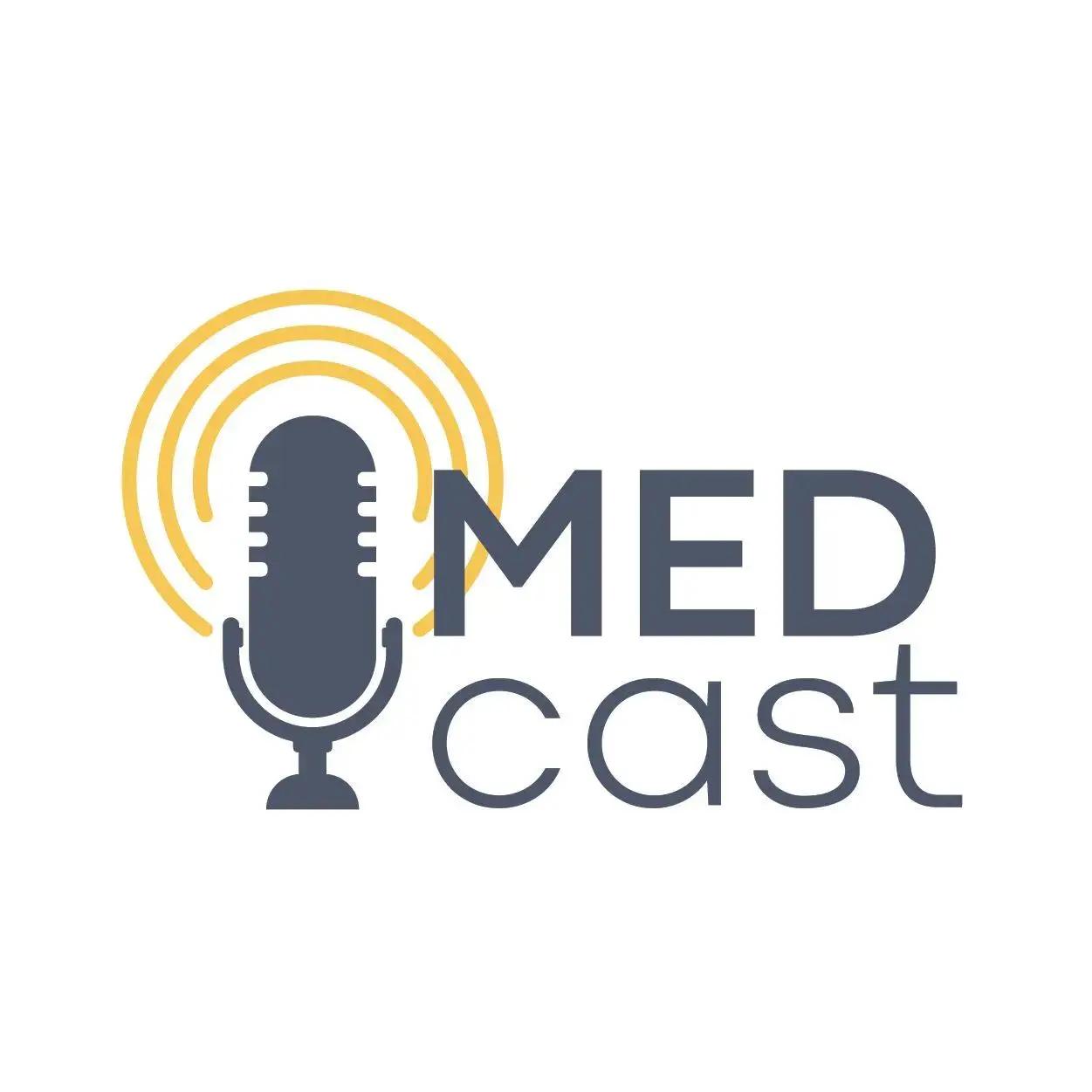Article
ADHD and Effects of Methylphenidate
Author(s):
Consequences of methylphenidate treatment for ADHD remain a subject of debate, and research continues to supply new evidence.
Attention-deficit/hyperactivity disorder (ADHD), a much-debated diagnosis, is associated with not only functional, but also with structural brain changes. For example, compared to healthy controls, never-treated adolescents with ADHD have lower gray matter volume in the caudate nucleus and poorer working memory function. Adolescents with ADHD also have a thinner medial temporal cortex bilaterally; cortex thickness is associated with hyperactivity symptoms.
Structural differences between typically developing and ADHD-diagnosed children may respond to stimulant treatment. According to a recent review of neuroimaging studies by Spencer and colleagues, therapeutic doses of stimulants diminish differences in brain structure between patients with ADHD and healthy persons.1 The authors speculate that this “normalization” of brain structure is a possible basis for the clinical effects of ADHD medications. On the other hand, effects of methylphenidate treatment are not always positive: increase of dopamine transporter availability in the brain of patients with ADHD may decrease treatment efficacy and exacerbate symptoms when medication is not used. Specifically, two animal studies by van der Marel and colleagues implicate age in brain restructuring after methylphenidate treatment.
The first study, published in 2013, explores effects of methylphenidate on the striatum in adolescent and adult rats.2 Methylphenidate had different effects in adolescents and adults: it reduced striatal volume and myelination exclusively in adolescents, but striatal functional activity was not adversely affected. Functional implications of these findings are unclear.
In a recent study published in Neuroscience, the same group of authors continues to explore differential effects of stimulants on the brain structure and function in adults and adolescents, but this time, the authors focused on the hippocampus.3 They analyzed several outcomes of methylphenidate treatment: hippocampal neurogenesis and cell proliferation, shape, connectivity, and hippocampus-mediated recognition memory and depressive-like behavior. The authors found that the treatment affected these outcomes in adolescent and adult rats differently. In adolescent rats, methylphenidate transiently impaired object recognition memory, increased neurogenesis (perhaps as a compensatory response), and produced inward deformations in the hippocampus. In contrast, in adult rats depression-like behavior was increased, neurogenesis was decreased, and hippocampus deformations were not present. In all animals, functional networks of the ventral hippocampus displayed topological changes in response to therapeutically relevant doses of methylphenidate (ventral hippocampus regulates anxiety, emotional memory, and stress). The studies were conducted in healthy animals, not in models of ADHD, which may limit implications of this work.
These studies reveal that long-term methylphenidate affects adult and adolescent brains differently. Anita Thapar and Miriam Cooper, authors of a recent review published in The Lancet, point out that, “[how] ADHD is best managed across the lifespan and across key transition periods (eg, school entry, comprehensive or high-school entry, transition to adult services, and transition to parenthood) needs much more investigation.”4 In this context, better understanding of age-specific benefits and risks of treatment will aid in development of better disease management strategies.
References:
1. Spencer TJ, et al. Effect of psychostimulants on brain structure and function in ADHD: a qualitative literature review of magnetic resonance imaging-based neuroimaging studies. J Clin Psychiatry. 2013;74(9):902-917.
2. van der Marel K, et al. Long-term oral methylphenidate treatment in adolescent and adult rats: differential effects on brain morphology and function. Neuropsychopharmacology. 2014;39(2):263-273.
3. van der Marel K, et al. Effects of long-term methylphenidate treatment in adolescent and adult rats on hippocampal shape, functional connectivity and adult neurogenesis. Neuroscience. 2015;309:243-258.
4. Thapar A, Cooper M. Attention deficit hyperactivity disorder. Lancet. 2015 Sept 16. [Epub ahead of print].





